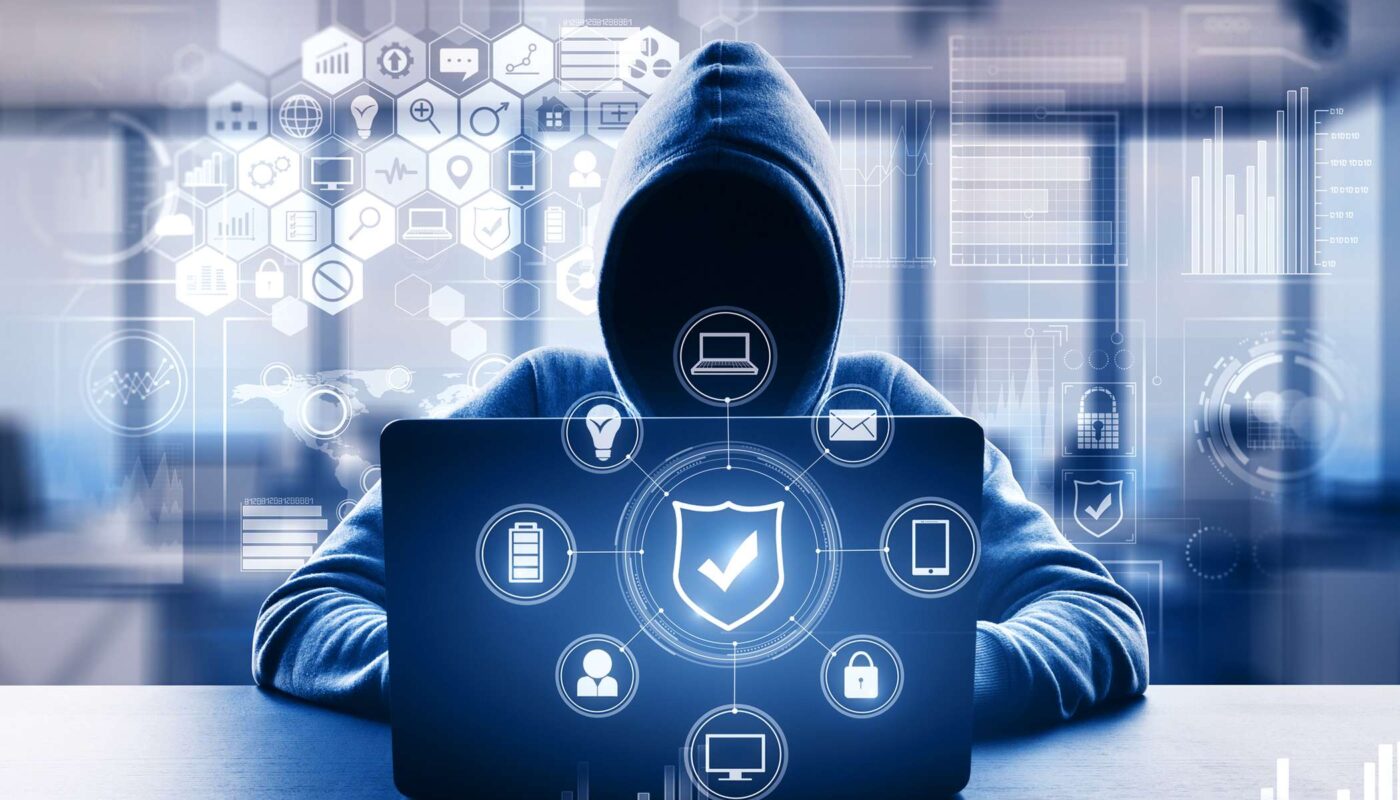Ransomware attacks have been on the rise in the past few years threatening individuals and organizations alike. This malicious form of malware infects systems and locks users out of their data until a ransom is paid. While paying the ransom is not recommended, taking proactive measures can help significantly reduce the risk of a ransomware infection. This article discusses various ransomware protection techniques organizations and individuals should adopt.
Understanding the Ransomware Threat
Ransomware works by encrypting files on an infected system making the data inaccessible. Ransomware Protection attackers then demand payment, typically in cryptocurrency, in exchange for the decryption key. Some of the most common ransomware strains seen today include WannaCry, Ryuk, REvil and Conti. While initially targeting Windows systems, ransomware actors have expanded to macOS and Linux as well.
Ransomware infections often start through phishing emails containing malicious attachments or links. Users who unknowingly click on these end up downloading the ransomware payload. Attackers also exploit known vulnerabilities in unpatched systems to deploy ransomware. With ransomware-as-a-service becoming popular, even novice cybercriminals can now launch devastating attacks.
Multi-Layered Ransomware Defense
Given the severity of ransomware, organizations need to adopt a robust, multi-layered defense strategy combining people, processes and technology controls. Some key aspects of an effective ransomware protection program include:
– User Awareness Training: End-user education on identifying phishing emails and following secure online behaviors can stop many ransomware infections at the user level itself. Regular security awareness training should be conducted.
– Patch Management: Keeping systems and applications updated with the latest patches from vendors helps plug known vulnerabilities that ransomware often leverages for initial access. Automated patching is recommended.
– Endpoint Detection and Response (EDR): EDR solutions offer deeper visibility into endpoint activities and behaviors. They can detect ransomware based on abnormal file and system changes during the early stages of an attack to enable rapid remediation.
– Network Segmentation: Dividing the network into isolated segments and restricting lateral movement helps limit the blast radius of a ransomware infection. Firewalls and network ACLs are used for this.
– Anti-malware Tools: Traditional anti-virus and anti-malware software still have a role to play in ransomware protection by blocking known malicious files and behaviors. Signatures need to be kept up-to-date.
– Backup Solutions: Reliable backups stored offline and immutable snapshots help organizations avoid paying the ransom by restoring systems from clean backups in case of an attack. Air-gapped backup storage is recommended.
– Application Control: Only allowing pre-approved applications to run using whitelisting prevents ransomware and other malware masquerading as legitimate programs. Changes require approval.
– Multifactor Authentication: Enforcing MFA makes it tougher for cybercriminals to leverage compromised credentials for ransomware deployment or to access recovery mechanisms post infection.
Implementing defense at these multiple layers while also focusing on awareness, training and response planning significantly strengthens a ransomware protection program. No single control provides complete protection, but together they raise the bar sufficiently high for attackers. Regular testing and revisions are also important to address the evolving ransomware landscape.
Dealing with Ransomware Infections
Despite having robust security measures, no organization is entirely immune to Ransomware Protection risks. To minimize disruption from any successful infections, an incident response plan needs to be in place. The following guidelines help organizations effectively handle a ransomware situation:
– Isolate Infected Systems: Quarantine compromised endpoints from the network by disconnecting or powering off to prevent further spread. Enable firewall rules restricting all outbound traffic.
– Confirm Impact and Scope: Determine the files encrypted along with any other changes made. Assess impact on operations and ability to meet service level agreements.
– Consult Law Enforcement: Contact local FBI field office or authorities for guidance. They may have additional information on the ransomware group and advice on negotiating or not paying the ransom.
– Consider Ransom Payment: Some experts argue against paying as it funds criminal operations. However, business interruption costs also need to be weighed versus ransom amount. Think through all implications carefully before deciding.
– Communicate to Stakeholders: Inform employees, shareholders, partners and customers about the incident openly and transparently to maintain trust. Explain measures taken for recovery and enhanced security.
– Restore from Backups: Clean backup copies allow restoration without paying ransom. Test restored data integrity first before bringing systems back online.
– Patch Vulnerabilities: Additional vulnerabilities exploited during the ransomware attack need addressing to prevent re-infection. Conduct thorough audits and apply missing patches.
– Review Defenses: Carefully analyze how ransomware got in to identify control failures. Strengthen defenses with additional layers where gaps existed like user awareness training or firewall rules. Regularly test response plan effectiveness.
– Monitor for Repeated Attacks: Some ransomware groups re-infect successfully negotiated victims. Remain vigilant and promptly address any suspicious post-incident activity through continued security monitoring and analytics.
*Note:
1. Source: Coherent Market Insights, Public sources, Desk research
2. We have leveraged AI tools to mine information and compile it




